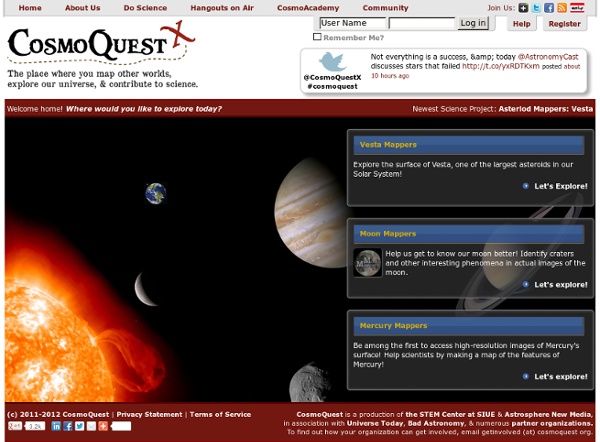



Cocktail Party Physics How Artists Once Imagined the Earth Would Look from Space: | Oddly_Even Ever since the invention of the telescope, people knew what the planets of the solar system looked like. By the turn of the 20th century, we even had excellent photos of many of them. But before the first satellites—or even the first high-altitude photos from V2 rockets and stratosphere balloons—no one had any idea what our planet would look like when seen from space. Here’s how artists imagined Earth would look from space. Illustration by Chesley Bonestell. No one saw our earth as an entire planet hanging in empty space until 1960, when a Russian satellite snapped a grainy image. The first TV picture of earth from space. First full-disk photo of earth from space. First color full-disk photo of earth from space. Before this, a number of artists tried to imagine what our planet might look like from space. Nineteenth century visualization of the earth seen from space. Figuring out what the seas and continents would look like was a snap. Flammarion, 1884. Howard Russell Butler. Lucien Rudaux.
Welcome page Website of Erik Verlinde Erik P. Verlinde Institute for Theoretical PhysicsUniversity of AmsterdamValckenierstraat 651018 XE, Amsterdam Email: e.p.verlinde@uva.nl Peptides may hold ‘missing link’ to life Simple peptides can organize into bi-layer membranes. This recent finding suggests a “missing link” between the pre-biotic Earth’s chemical inventory and the organizational scaffolding essential to life. “We’ve shown that peptides can form the kind of membranes needed to create long-range order,” says Seth Childers, a chemistry graduate student at Emory University and lead author of the paper recently published by the German Chemical Society’s Angwandte Chemie. “What’s also interesting is that these peptide membranes may have the potential to function in a complex way, like a protein.” Yan Liang, a post-doctoral fellow in neuroscience, captured images of the peptides as they aggregated into molten globular structures, and self-assembled into bi-layer membranes. “In order to form nuclei, which become the templates for growth, the peptides first repel water,” says Liang.
Slacker Astronomy Why Does the Moon Look Bigger on the Horizon? | Life's Little Mysteries You might have heard it is magnified by the atmosphere just as it rises. Not so. Instead, it's your brain on Moon drugs. The mind believes things on the horizon to be farther away than stuff overhead. Why? We're used to seeing clouds just a few miles above us, but the clouds on the horizon can be hundreds of miles away. The effect (which also occurs with the setting Sun) is known as the Ponzo illusion. The Moon generally appears full one or two nights before and after it's technical fullness.
AAVSO | American Association of Variable Star Observers EU-Backed 'Electric Sail' Could Be the Fastest Man-Made Device Ever Built IKAROS would do well to watch its back, for the Japanese solar-sailing spacecraft may just have some competition that's fast enough to catch up. The EU is funding a three-year project at the Finnish Meteorological Institute to build the fastest man-made device in the universe: an electric sail, or ESAIL, that researchers say could make Pluto in just five years' time. Like the more well-known solar sail, the ESAIL is propelled by solar radiation and therefore requires no chemical or ion propellant. The ESAIL consists of a bunch of thin metallic tethers that unfurl in a huge circular array around the craft. Since the sail itself is extremely lightweight, it doesn't take much – in theory anyhow, as these principles have yet to be tested in space – to get a ESAIL-powered spacecraft humming along at a respectable pace; some have estimated that after a year in flight an ESAIL could hit about 19 miles per second.
Home Page World Solar Challenge at green.mnp Tomorrow (Sunday) marks the beginning of the 2007 Panasonic World Solar Challenge. The Challenge: Design and build a car capable of crossing the vast and imposing continent of Australia using only sunlight as fuel and to prove it, in the spirit of friendly competition against others with the same goal.Inspired by adventure and fuelled by the spirit of friendly competition, the event attracts teams from corporations, research and educational institutions around the world.2007 will be the 20th anniversary since the first World Solar Challenge was staged. [world solar challenge]